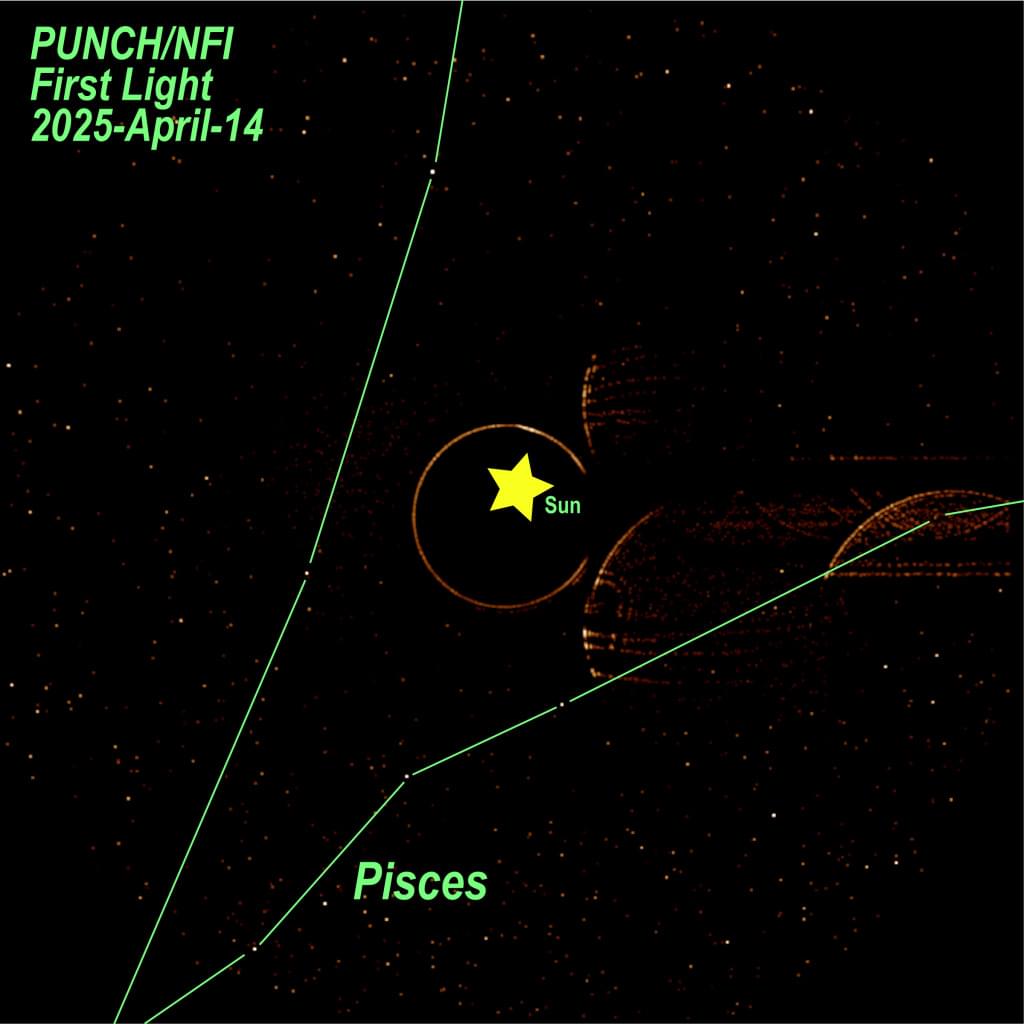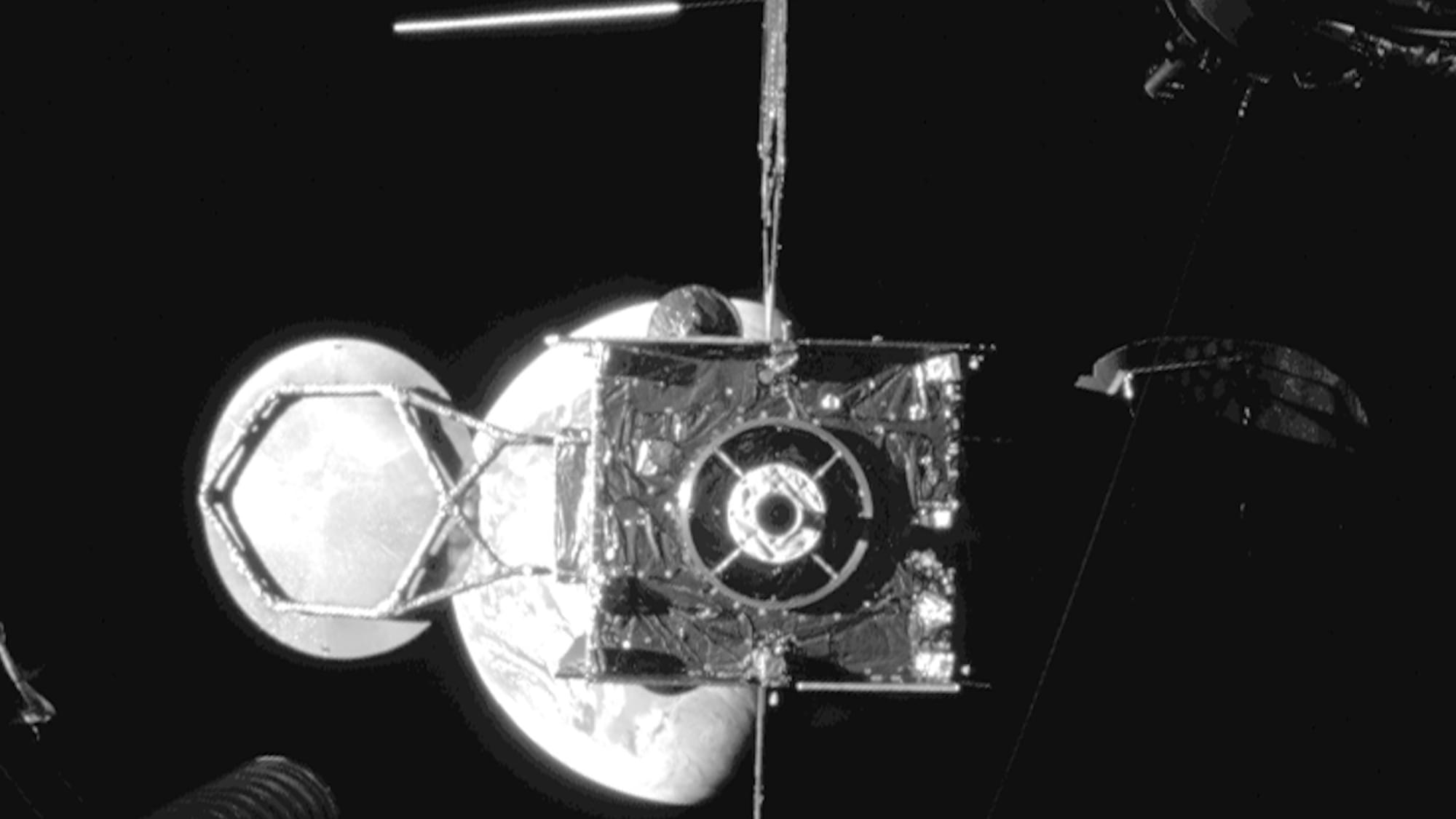Windows flaw CVE-2025–24054 actively exploited since March 19 to leak NTLM hashes via phishing attacks.



The Interlock ransomware gang now uses ClickFix attacks that impersonate IT tools to breach corporate networks and deploy file-encrypting malware on devices.
ClickFix is a social engineering tactic where victims are tricked into executing dangerous PowerShell commands on their systems to supposedly fix an error or verify themselves, resulting in the installation of malware.
Though this isn’t the first time ClickFix has been linked to ransomware infections, confirmation about Interlock shows an increasing trend in these types of threat actors utilizing the tactic.

A remote code execution vulnerability affecting SonicWall Secure Mobile Access (SMA) appliances has been under active exploitation since at least January 2025, according to cybersecurity company Arctic Wolf.
This security flaw (CVE-2021–20035) impacts SMA 200, SMA 210, SMA 400, SMA 410, and SMA 500v devices and was patched almost four years ago, in September 2021, when SonicWall said it could only be exploited to take down vulnerable appliances in denial-of-service (DoS) attacks.
However, the company updated the four-year-old security advisory on Monday to flag the security bug as exploited in attacks, expand the impact to include remote code execution, and upgrade the CVSS severity score from medium to high severity.

ASUS is warning about an authentication bypass vulnerability in routers with AiCloud enabled that could allow remote attackers to perform unauthorized execution of functions on the device.
The vulnerability, tracked under CVE-2025–2492 and rated critical (CVSS v4 score: 9.2), is remotely exploitable via a specially crafted request and requires no authentication, making it particularly dangerous.
“An improper authentication control vulnerability exists in certain ASUS router firmware series,” reads the vendor’s bulletin.

The NFI opened its eye to the sky first on April 14, imaging the Sun against the background stars of the constellation Pisces. The view here has been specifically filtered to bring out those background stars, which are otherwise blotted out by the bright zodiacal light generated by sunlight glinting off dust particles in the inner solar system. Also visible is a sliver of the Sun’s corona at center, reminiscent of the view during an annular solar eclipse.
You might notice several strange, streaky crescent-shaped artifacts at right. These arise from a small misalignment between the imager and the Sun, allowing stray sunlight to glint off the optics where it’s not quite blocked by the coronagraph. Engineers will use this and subsequent images to adjust the NFI’s position on the sky to bring it in full alignment with our star and eliminate stray light in future scientific data. Ultimately, that calibration will allow just one percent of the corona’s light through to the imager, providing clear views of faint structures and changes within the corona as the Sun spews material out into space.
Two days later, on April 16, the three WFIs got their first look at the Sun, taking in a broad view across the solar system. These instruments are designed to look at the region of space out to some 45° from the Sun’s position, roughly out to the distance of Earth’s orbit projected on the sky. Their fields of view don’t overlap, but instead form a trefoil pattern that rotates over time.



Northeastern University researchers resurrected an extinct plant gene, turning back the evolutionary clock to pave a path forward for the development and discovery of new drugs.
Specifically, the team, led by Jing-Ke Weng, a professor of chemistry, chemical biology and bioengineering at Northeastern, repaired a defunct gene in the coyote tobacco plant.
In a new paper, they detail their discovery of a previously unknown kind of cyclic peptide, or mini-protein, called nanamin that is easy to bioengineer, making it “a platform with huge potential for drug discovery,” Weng says. The paper is published in the journal Proceedings of the National Academy of Sciences.
Decades of research into plasma wakefield acceleration are showing real-world promise for building compact, high-energy particle colliders.
